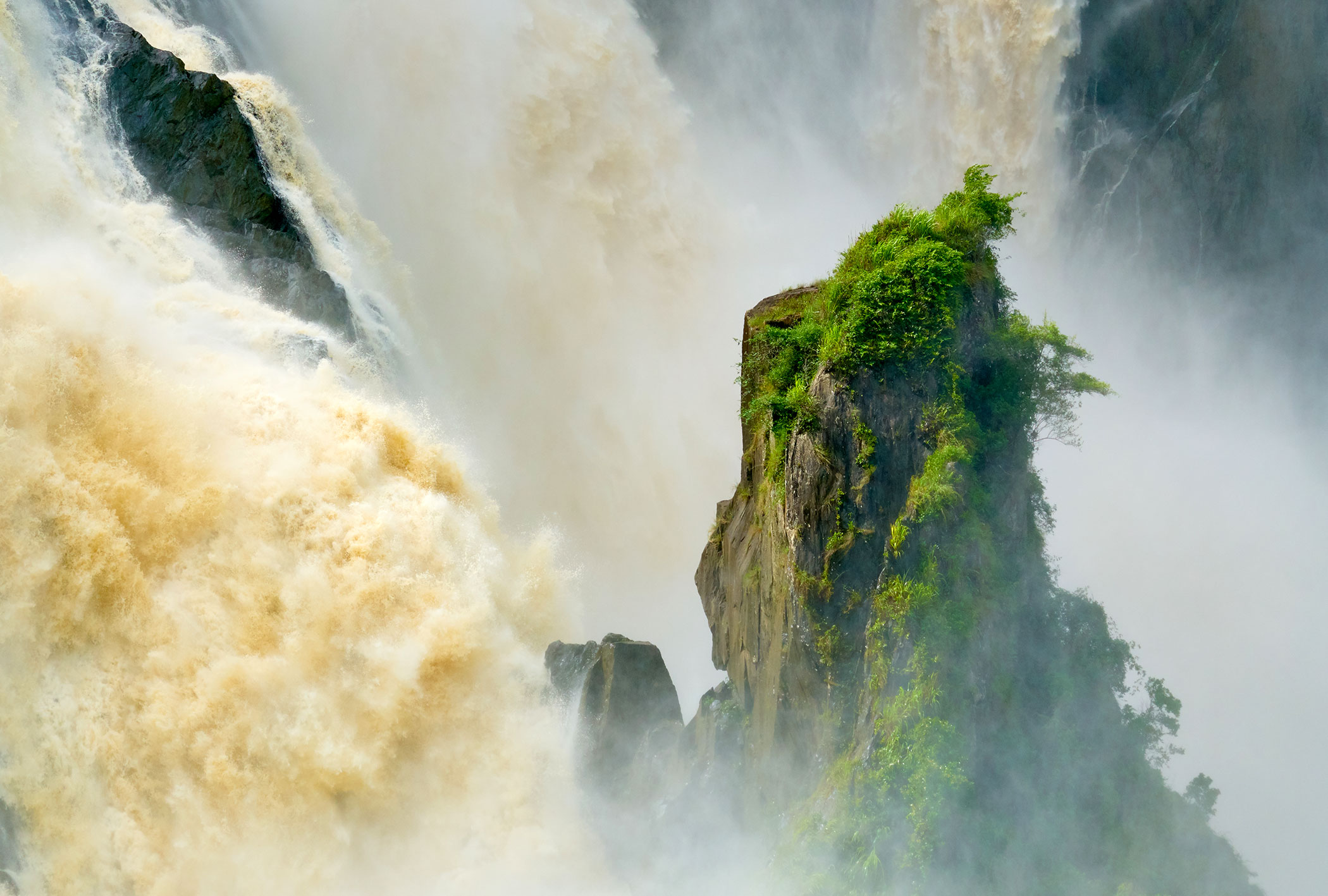
Time to confront the bear!
Outdoor program safety; aligning what we now know with what we’re currently doing.
Posted on 21.03.2017
One practitioner’s call to action.
“Curriculum development, and our collective approach to facilitating learning in the outdoors has evolved significantly in the past few decades. However, in my opinion, the same cannot be said about how we manage risk. If we are honest, we’ll see that we are still teaching, promoting and defending positions relating to predicting and managing risk that were developed and advocated several decades ago. We still largely and wholeheartedly, hold onto the perspective that a well-trained individual, the instructor, is the determining factor in the safety outcomes of a program or activity.
For us, as outdoor education managers and leaders, our questions and intentions following an incident should not be to find out, why on earth our staff did what they did, but rather attempt to understand, why did it make sense for them at that time, to do what they did”.
Are we now willing, as a profession, to consider entering into alternative dialogues in relation to how we choose to understand accidents, and identify sources of risk in our work”?
If you come across a bear in the woods, should you be submissive, or try to intimidate it? Living and working as a professional outdoor educator in the United States some fifteen years ago, my key performance indicator was to ensure all my students returned in one piece. However, as a nonnative who grew up in a country where midges and gnats posed the major threat to serenity in the outdoors, the consequences of getting the choice wrong around confronting or demonstrating submission to the bear, always terrified me.
Thankfully, the subject of ‘bear safety’ was a key component of our trip leader staff training, and we had the perfect teacher for it, in the form of New York State Forest Ranger Rudge. Ranger Rudge would drive her big red truck up to our camp every year to give the same talk. Every year, her uniform was perfectly ironed, crisped to within an inch of its life, and somehow to a young outdoor educator, this always felt amusing to me, given her day job involved hiking, trail work and probably lots of sweat and dirt.
Amongst the many things Ranger Rudge instilled in me, including the fear of God, was the quiet and effective role-modelling of the importance of looking and acting professionally, whatever situation you find yourself in. Underneath the surface of Ranger Rudge’s perfectly pressed uniform however, were the permanent and visible reminders of a painful interaction with a bear. Both her and her hiking partner, on a personal trip many years before, had been attacked by a grizzly, and both had suffered serious injuries as a result.
Ranger Rudge would calmly share her experience and then, without a word, roll up her trouser leg and display her large scar to the new crop of eager (and quickly terrified) trip leaders, many of whom had no previous understanding of bears, except perhaps through Grizzly Adams tales. She talked about the importance of the ‘triangle’ in bear risk management; separating your camp kitchen, your tents and your food storage into three distinct locations.
It’s time to open our eyes wider, and align what we and the researchers currently know about how accidents occur, with the things we are doing to prevent and learn from them.
Source
Clare Dallat
Head of Innovation and Risk Resolve
The Outdoor Education Group
dallatc@oeg.edu.au
Clare has over twenty years of field and management experience in facilitated outdoor experiences, and is currently completing her PhD in Human Factors (risk assessment) at the Centre for Human Factors and Sociotechnical Systems, The University of the Sunshine Coast, Queensland, Australia (www.hf-sts.com). She is the Head of Innovation at The Outdoor Education Group.(www.oeg.org.au)
Have a story to tell or news to share?
Let us know by Submitting a News Story







